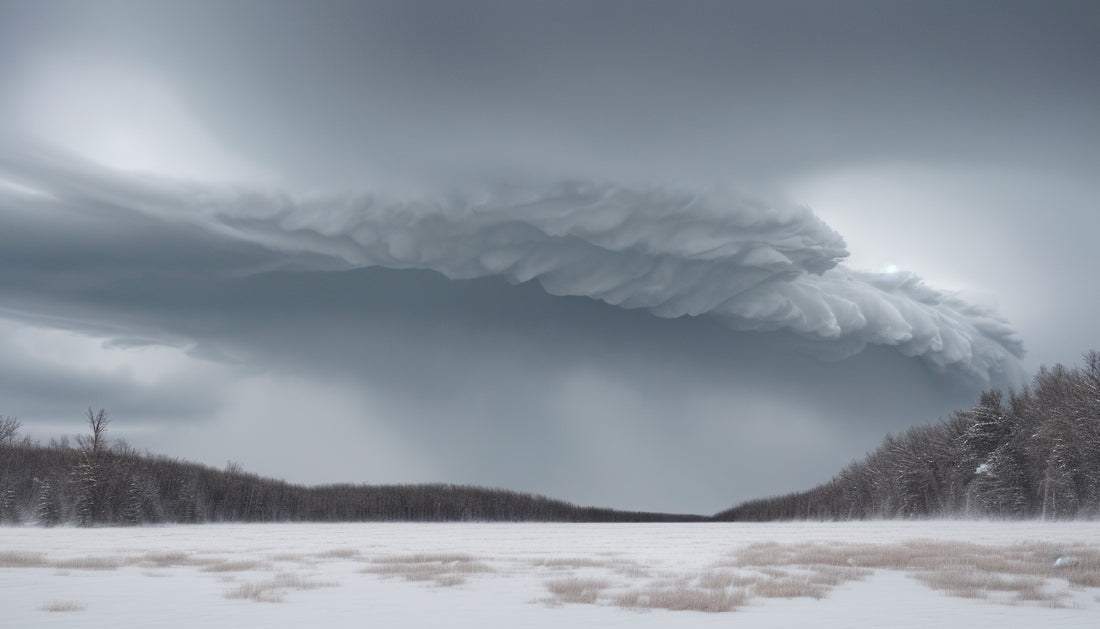
Historic February Twister Strikes South Dakota: A Week After Dueling Arctic Chill!
In an unprecedented event, South Dakota recorded its first February tornado. A week after a harsh Arctic cold snap, a rare twister touched down. It hit near Watertown on February 24, 2025. This storm defied decades of weather norms.
Breaking the Winter Tornado Mold
South Dakota typically sees tornadoes in spring and summer. Since 1950, 1,918 tornadoes have been noted from March to October. However, this tornado broke the rule. Storm chaser Alex Resel saw it in Coddington County, roughly 85 miles north of Sioux Falls. For over 75 years, no winter tornado had been recorded. The National Weather Service gave it an EFU rating because there was no damage. Its brief life challenges old ideas about when severe weather can occur in the Northern Plains.
A Perfect, Unlikely Storm
Tornadoes need wind shear and instability to form. Warm, moist air at the surface under cold, dry air above usually creates these ingredients. South Dakota winters rarely offer these conditions. On that day, Watertown’s temperature reached only about 50°F. This is far from the heat and humidity that fuel tornadoes. Yet strong low-level wind shear and a passing front set things in motion. Steven Fleegel, a National Weather Service officer, said that these conditions gave the storm brief rotation. This shows that even in winter, the right mix can spark tornadoes.
From Arctic Freeze to Springlike Spike
This storm came after a deep cold snap. Across the Plains, temperatures hit minus 30°F. Barely days later, temperatures spiked into the 60s. Such swings can upset the usual balance. The rapid change can add instability and shift wind patterns. This mix may trigger rare winter tornadoes.
A Growing Trend of Unseasonal Tornadoes?
This is the second year in a row that a state had its first February tornado. In February 2024, Wisconsin saw its first February tornadoes. One of those was an EF2 that lasted for 26 miles. February tornadoes are rare, but they sometimes occur in southern and eastern states. These events tell us that while most tornadoes come in spring and summer, extreme weather and climate change may push the season’s start earlier. Meteorologists and residents must stay alert all year.
Looking Ahead
Climate change may bring more odd events like South Dakota’s February tornado. Learning more about the forces that make winter tornadoes is key for better forecasts and community safety. Residents of the Northern Plains learn that weather can shock us, even in the quiet of winter.
This historic February twister near Watertown shows that nature’s extremes can come together quickly and unexpectedly.
